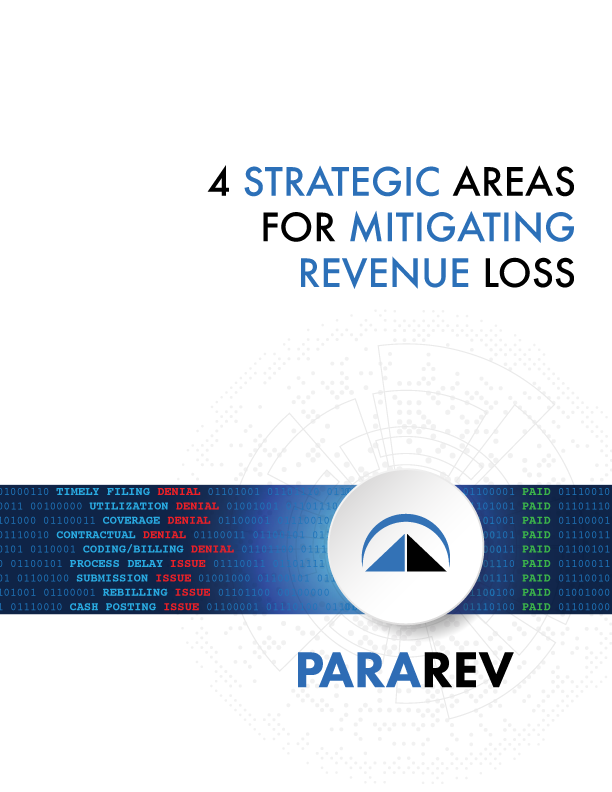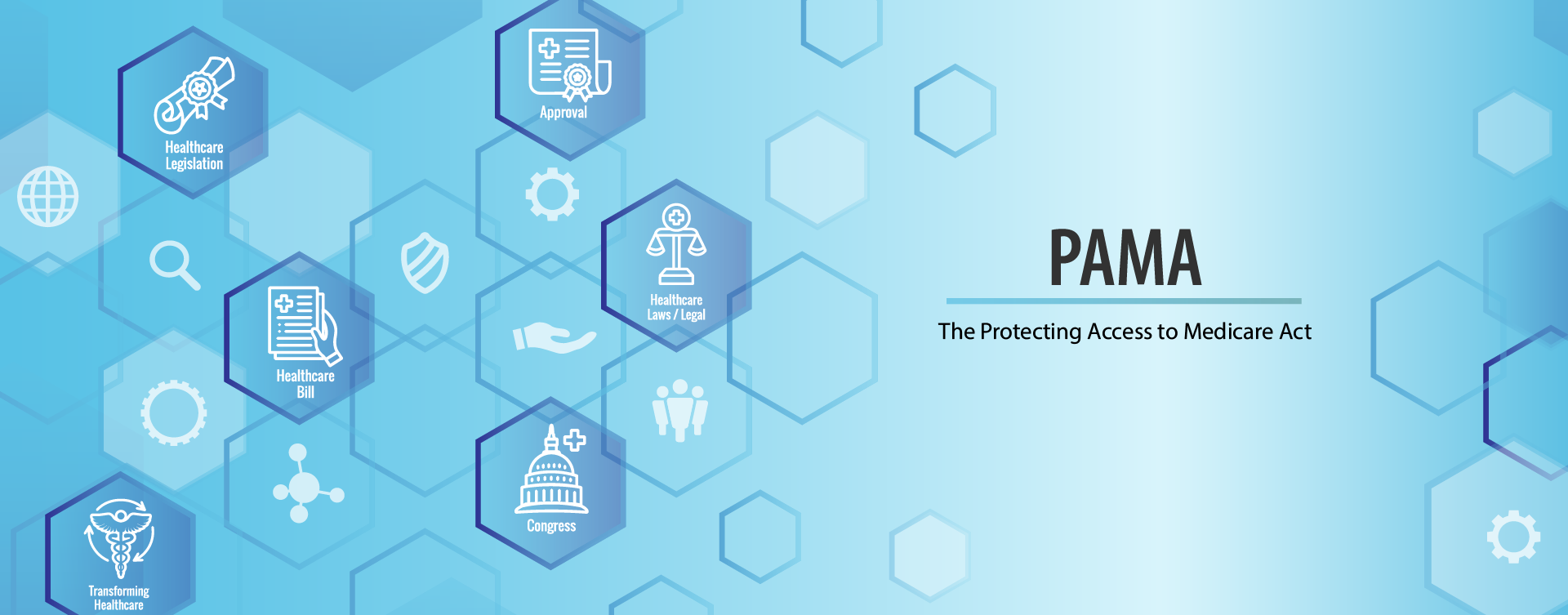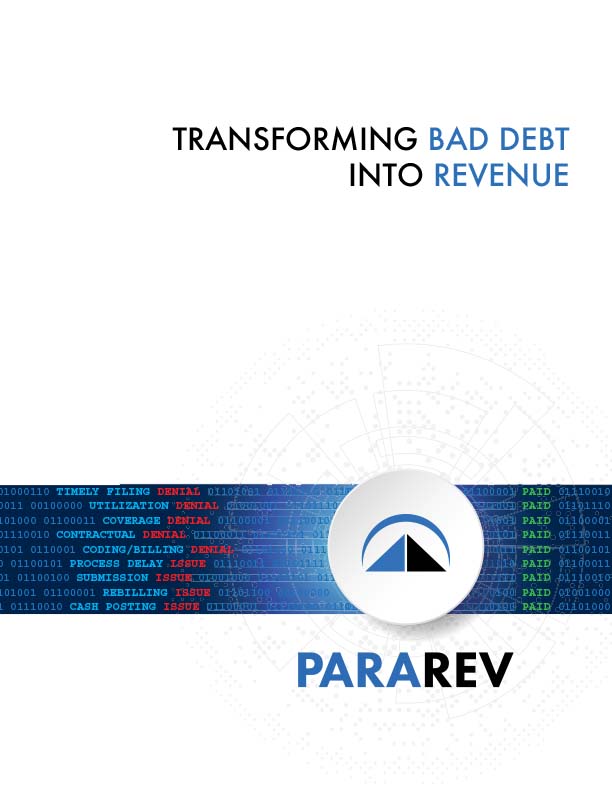In effect since January 1 of this year, recent studies are showing low compliance with meeting all aspects of the Health Care Price Transparency Act. JAMA Internal Medicine published an article in June that showed 75 percent of the 100 top-grossing hospitals didn’t comply with at least one of the rule’s requirements while 86 percent had a price estimator tool. Fifty percent of 100 randomly sampled hospitals had a price estimator tool and of those 100 hospitals, 83 percent failed to comply with at least one of the rule’s requirements.[1] In another study of 5,288 hospitals, it was found that only 48.5 percent had chargemaster data on their websites with only 138 hospitals having an online price estimator.[2] A study based on bed count and published in HealthAffairs, found 65 percent of the 100 largest hospitals in the U.S. were not in compliance and 12 of the noncompliant hospitals had no files or links to searchable databases.[3]
CMS implements civil monetary penalties for noncompliance
As a result of this widespread noncompliance, the American Hospital Association (AHA) released a Member Advisory regarding noncompliance with the Centers for Medicare & Medicaid Services (CMS) Hospital Price Transparency requirements. In it, they noted that CMS has launched proactive audits of hospital websites and have evaluated complaints presented to CMS by consumers. According to the publication, CMS started with auditing larger acute care hospitals and have now expanded their examination of random hospitals. The first set of warning letters were issued the week of April 19th. However, CMS has indicated that they will not announce the list of hospitals that have received warning letters but will publish the identities of the hospitals that remain non-compliant and receive a monetary penalty if they have not addressed the issues within 90 days.
| Number of Hospital Beds | Maximum Annual Civil Monetary Penalty |
| <30 | $109,500 |
| 50 | $182,500 |
| 100 | $365,000 |
| 200 | $730,000 |
| 300 | $1,095,000 |
| 400 | $1,460,000 |
| 500 | $1,825,000 |
| 500+ | $2,007,500 |
A Special Edition from the Medicare Learning Network states that CMS is updating the civil monetary penalty amount. The current minimum civil monetary penalty of $300/day would apply to smaller hospitals with less than 30 patient beds. However, for hospitals with more than 30 beds, the penalty will be $10/bed/day, not to exceed a maximum daily dollar amount of $5,500. “Under this proposed approach, for a full calendar year of noncompliance, the minimum total penalty amount would be $109,500 per hospital, and the maximum total penalty amount would be $2,007,500 per hospital.”[4]
Patients and hospitals can submit a complaint to CMS if they believe a hospital doesn’t have the appropriate information posted online. For more information on Hospital Price Transparency, click here. If you have any other questions regarding Hospital Price Transparency, email the hospital price transparency team.
Hospital price transparency requirements
As a reminder, the CMS Hospital Price Transparency rule requires that hospitals publish detailed pricing information online to help consumers make accurate cost comparisons for a range of treatments and procedures. The rule contains two types of price transparency requirements:
- Hospitals must post their entire array of standard charges online in a machine-readable file that is easily accessible from their public website
- Hospitals must publish a document listing pricing for 300 specific shoppable healthcare services. Of these 300 items, 70 have been pre-defined by CMS, while the remaining 230 can be selected at the discretion of the hospital.
For both requirements, a range of different price categories must be shown, including gross charges, payer-specific negotiated rates, self-pay discounted rates, and de-identified minimum and maximum negotiated charges. The files also must contain any ancillary charges that are customarily included for the specific shoppable service, such as the costs associated with additional related procedures, tasks, allied services, supplies, or drugs, as well as any professional fees billed separately from the facility bill.
These requirements present challenges when it comes the sheer data mining and payer contract analytics required to deliver on the mandates. A hospital’s payer contract modeling system must be able to accommodate a variety of settlement methodologies by patient type including MS-DRG, APR-DRG, EAPG, ASC Levels, APC packaging, and percent of charge, among others. This means that for a typical hospital with a 10,000-line chargemaster, seven patient types, and 20 payer contracts, over 1.4M calculations are needed to fulfill the mandate. Meeting the regulatory requirements of the Health Care Price Transparency Act could require a hospital to spend an extraordinary amount of time and resources that they might not have. An alternative would be to contract with a partner that could provide the expertise with a cost-effective solution.
PARA HealthCare Analytics can help
PARA HealthCare Analytics, an ParaRev Company, is among the leaders in supporting hospitals in achieving readiness for CMS Price Transparency regulations, which will help consumers make more informed healthcare purchasing decisions. To ensure consumers will be able to browse for healthcare services in the same way they shop for other goods and services online, PARA has developed robust and accurate pricing capabilities for area healthcare consumers. The PARA solution includes a patient-facing estimator that delivers user-friendly, procedure-level estimates reflecting patients’ specific coverage limits and is updated quarterly for the facility with a payer contract system that can accommodate a variety of settlement methodologies.
PARA’s Price Transparency Tool, which uses the actual payer contract language as outlined in the CMS requirements to make those millions of calculations, is the most cost-effective and comprehensive solution on the market today.
To see how this solution would work for your hospital, click here to view a short demo.
And for more detail on the CMS requirements 1 and 2, watch our Becker’s Webinar: Price transparency – clarifying the unknown.
We can help you refine your pricing to improve revenue capture and strengthen margins while remaining competitive in your market. Contact us today to learn more about how we can help your organization prepare for the transparency transformation ahead.
- Suhas Gondi, BA1,2; Adam L. Beckman, BS1,2; Avery A. Ofoje, BA3; et al., “Early Hospital Compliance With Federal Requirements for Price Transparency,” JAMA Internal Medicine, June 14, 2021.
- Waqas Haque, MPH, MPhil1; Muzzammil Ahmadzada2; Hassan Allahrakha, BS3; et al, Eman Haque4; David Hsiehchen, MD, “Transparency, Accessibility, and Variability of US Hospital Price Data.,” JAMA Network, May 14, 2021.
- Morgan Henderson, Morgane C. Mouslim, “Low Compliance from Big Hospitals on CMS’s Hospital Price Transparency Rule” HealthAffairs, March 16, 2021.
- “CMS Proposes Rule to Increase Price Transparency, Access to Care, Safety & Health Equity” mlnconnects, July 19, 2021.

Overcome the challenges of hospital pricing and revenue cycle management for improved revenue capture and better margins. Download our whitepaper to discover 3 ways to accelerate your financial transformation!
Related Posts
None found















